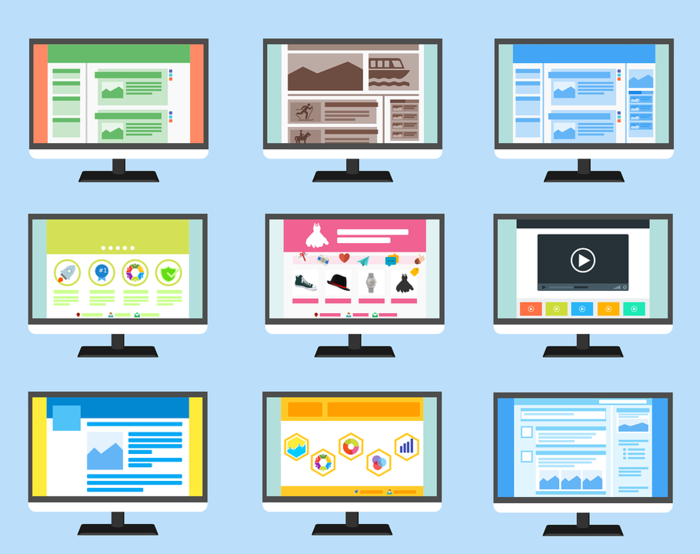
There are several ways of how clients can interact with your company. The most obvious way is through your product directly. That’s truly something your company will be known and recognised through.
But, there are other things, too, like:
- Your corporate website
- Technical support
- User manuals
As a techcomm blog, we are mostly interested in the last item on the list – user manuals. Luckily, many consider the quality of technical documentation important. So, certain standards are met. When talking about help topics quality, the first things that come to mind are their logical structure, consistency, etc.
While logical consistency is a prerequisite for good technical documents, that’s not the only thing that should be consistent. The same style preserved throughout a whole user manual is just as essential.
With big documentation projects it can be impossible to control every person involved in the help authoring process. That’s why technical writers use style guides.
Style Guides for Tech Writers Explained
What is a style guide in technical writing? What should it contain?
Style guides are documents that contain sets of rules and guidelines every tech writer on a team should follow.
Style doesn’t mean just the looks, although the design is important also.
Style guides can include information on punctuation rules, word usage, spelling. These documents govern a lot of the smallest things like Oxford comma usage, as well as some bigger stuff like the tone of writing, for example.
We recently talked about how a brand’s personality gets reflected and further developed in user manuals in the blog post on adding drama to technical writing. So, as soon as you come up with a solid idea of how people should view your company, this information needs to be added to the style guide.
The last but not the least – user manual design. That’s an interesting topic and quite a controversial one. There are technical writers who prefer to pay more attention to the contents than to the way a user manual looks. And, we can understand that. You see, you don’t really need to go to deep with the design here as modern help authoring tools got it covered. For example, ClickHelp offers ready-made templates for technical documents. You can use them as is or make some slight changes with CSS to make them match your company style. This way, a doc team or web designers won’t waste time on developing special design for docs.
However, if you have the resources, you can create the documentation style from scratch.
Either way, you require guidelines to corporate design and they should be part of the style guide, as well. Preferred font families, colors, icons, page layouts, text size, title capitalization… every detail matters.

Conclusion
At the end if this post we would really like to focus on the benefits of having a style guide at your disposal.
- An onboarding process is simplified for new employees as information is available in one place.
- It becomes easier for readers to consume information provided in user manuals. Inconsistencies can be distractful and cause confusion. And, style guides can eliminate them.
- Style guides bring more structure to help writing processes. That means less reviews and faster content delivery.
- Communication with readers improves thanks to all the above mentioned things.
The only real drawback of a style guide is the time and effort spent on its creation. Here’s a piece of advice – look for a ready guide to use it for reference.
All in all, having a corporate style guide is a great way to enhance technical writing!
Good luck with your technical writing!
ClickHelp Team
Author, host and deliver documentation across platforms and devices



